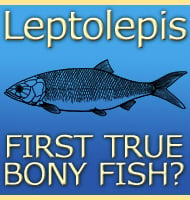Targaryendraco
In Depth If the name Targaryendraco sounds like something out of the television series Game of Thrones (or the A Song of Ice and Fire novel series), then you are actually right. The name of this pterosaur actually means ‘Targaryen dragon’, a reference to the house of Targaryen from A Song of Ice and Fire/Game … Read more
